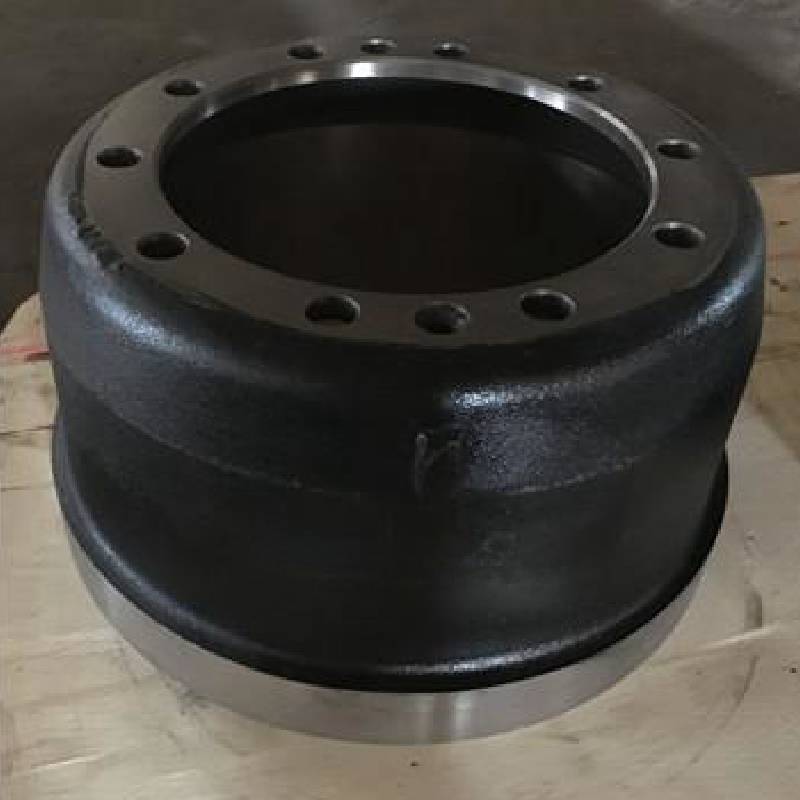Jul . 31, 2024 20:26 Back to list
A Comprehensive Guide to Upgrading Your Vehicle from Brake Drum to Disc Brake System
How to Convert Brake Drum to Disc Brakes
Converting brake drums to disc brakes is a popular upgrade among vehicle enthusiasts looking to enhance the performance and safety of their vehicles. Drum brakes, which have been commonly used in many older vehicles, can often be less effective when it comes to heat dissipation and overall braking performance compared to disc brakes. This article will discuss the advantages of converting brake drums to disc brakes and provide an overview of the conversion process.
Advantages of Disc Brakes
Before diving into the conversion process, it's essential to understand why many opt for disc brakes. Disc brakes offer several benefits over drum brakes
1. Improved Stopping Power Disc brakes are generally more effective at stopping a vehicle. This is due to their design, which allows for better performance under high heat, leading to less brake fade.
2. Better Heat Dissipation Disc brakes are exposed to air, allowing heat to dissipate more efficiently. In contrast, drum brakes can trap heat, which can lead to brake fade and reduced effectiveness.
3. Ease of Maintenance Disc brakes are easier to inspect and maintain. Most components are more accessible, making it simpler to identify and replace worn parts.
4. Less Weight In some cases, disc brake setups can be lighter than drum brake assemblies, contributing to overall vehicle performance and fuel efficiency.
Steps for Converting Brake Drums to Disc Brakes
how to convert brake drum to disc brakes

Converting from brake drums to disc brakes may seem daunting, but with the right tools and knowledge, it can be accomplished successfully. Here are the key steps involved in the conversion process
1. Gather Necessary Parts and Tools First, you will need to acquire a disc brake conversion kit specific to your vehicle's make and model. This kit generally includes rotors, calipers, mounting brackets, and hydronic fittings. Additionally, you will need basic hand tools, including wrenches, sockets, and possibly a brake bleeder kit.
2. Remove Existing Drum Brake Components Start by lifting the vehicle and securely placing it on jack stands. Remove the tire and then take off the brake drum by unfastening the retaining screws and any other components that hold the drum in place. Be cautious, as old drum brakes can be rusted or stuck.
3. Install the New Hardware Once the drum brakes are removed, you can begin installing the new disc brake components. Attach the new rotor to the hub, ensuring it's properly secured. Then, mount the caliper bracket and install the caliper, ensuring you connect any hydraulic lines included in your kit.
4. Upgrade the Brake Lines In some cases, you may need to upgrade the brake lines to accommodate the new system. Ensure that you are using the appropriate fittings and that there are no leaks in the system.
5. Bleed the Brakes After all components are installed, it's crucial to bleed the brake lines to remove any air from the system. This step is vital to ensuring that your new disc brakes function correctly. Follow standard bleeding procedures, typically starting with the caliper furthest from the master cylinder.
6. Test the System Before taking your vehicle on the road, it's important to test the new braking system. Start by applying the brakes gently to ensure they engage properly. Gradually increase pressure while driving at low speeds to confirm that the brakes are functioning optimally.
Conclusion
Converting from brake drums to disc brakes can significantly improve your vehicle's braking performance, safety, and maintenance. While the process might be more complex than a simple replacement, the benefits are undeniable. With the right preparation and tools, you can complete the conversion and enhance your driving experience. Remember to always consult your vehicle’s manual and consider seeking professional assistance if you are unsure about any steps in the process.
-
ROR Web Development: Build Fast, Scalable, Secure Apps
NewsAug.17,2025
-
Scania Brake Drums: OEM Quality for Optimal Safety & Durability
NewsAug.16,2025
-
R.V.I: Advanced Remote Visual Inspection for Precision
NewsAug.15,2025
-
Discover HYUNDA: Innovative Vehicles, Equipment & Solutions
NewsAug.14,2025
-
R.V.I: Unlock Advanced Insights & Real-time Performance
NewsAug.13,2025
-
Kamaz Brake Drum: Durable & Reliable for Heavy Duty Trucks
NewsAug.12,2025
